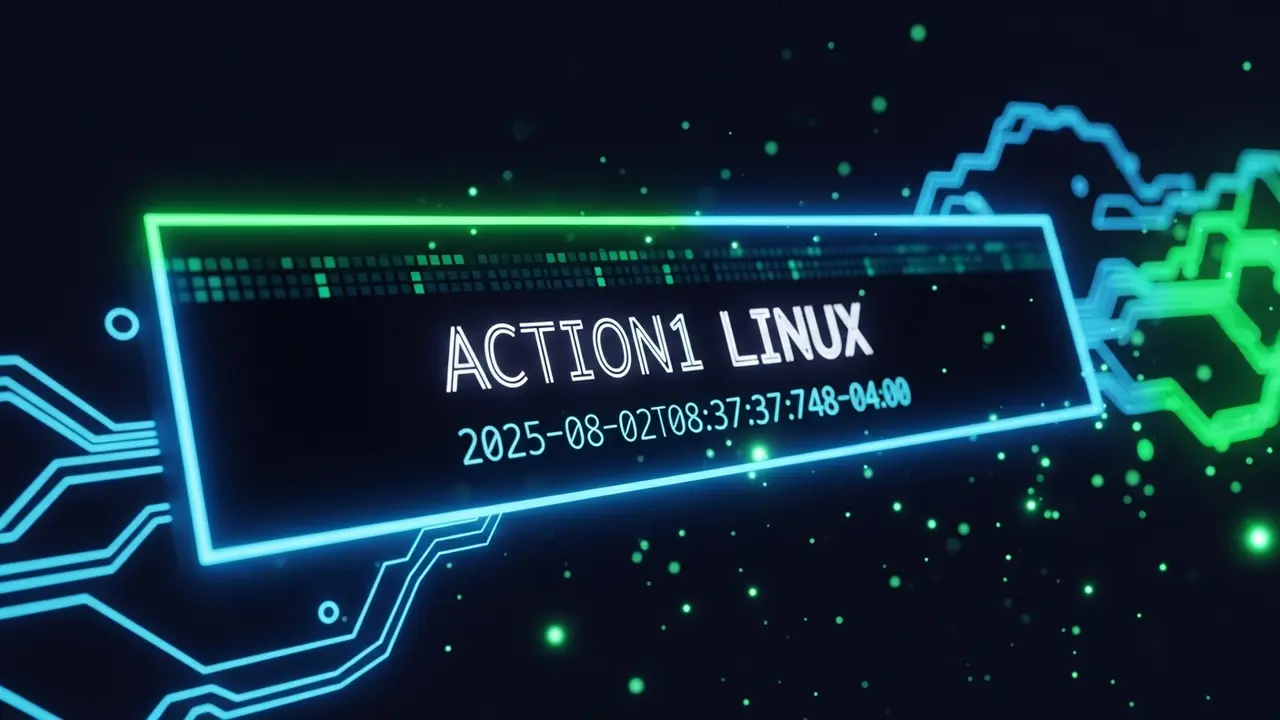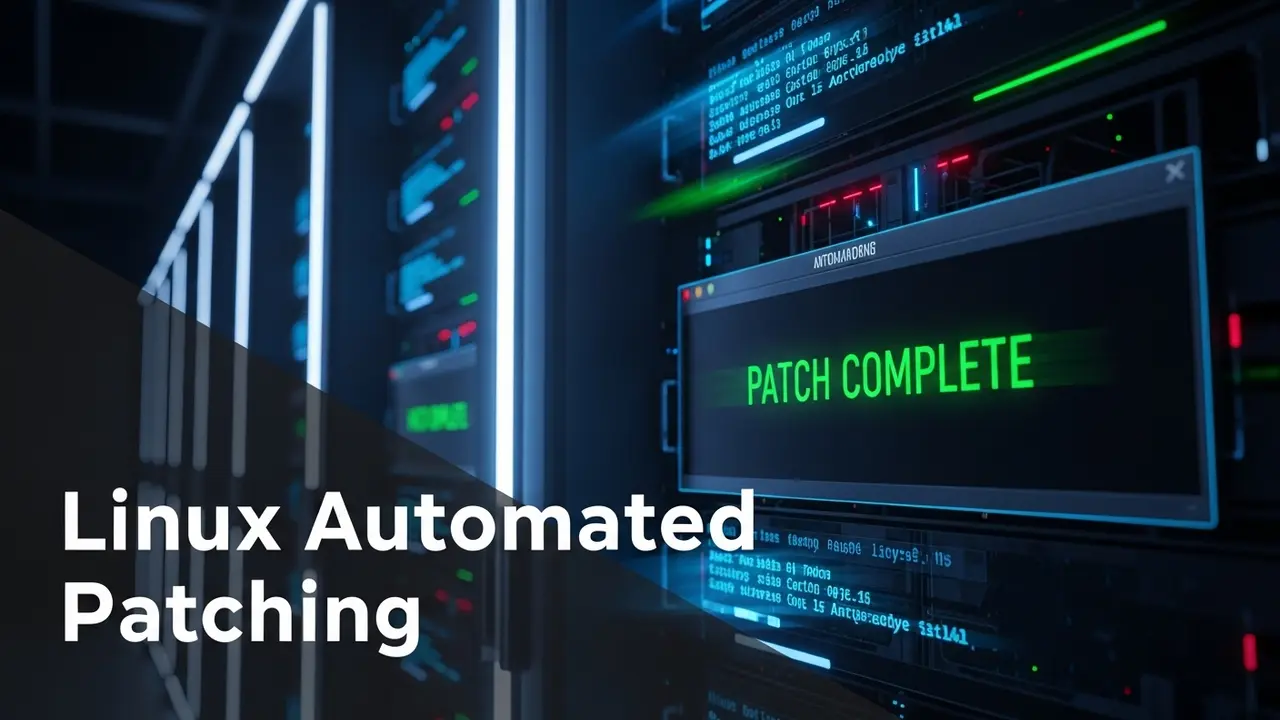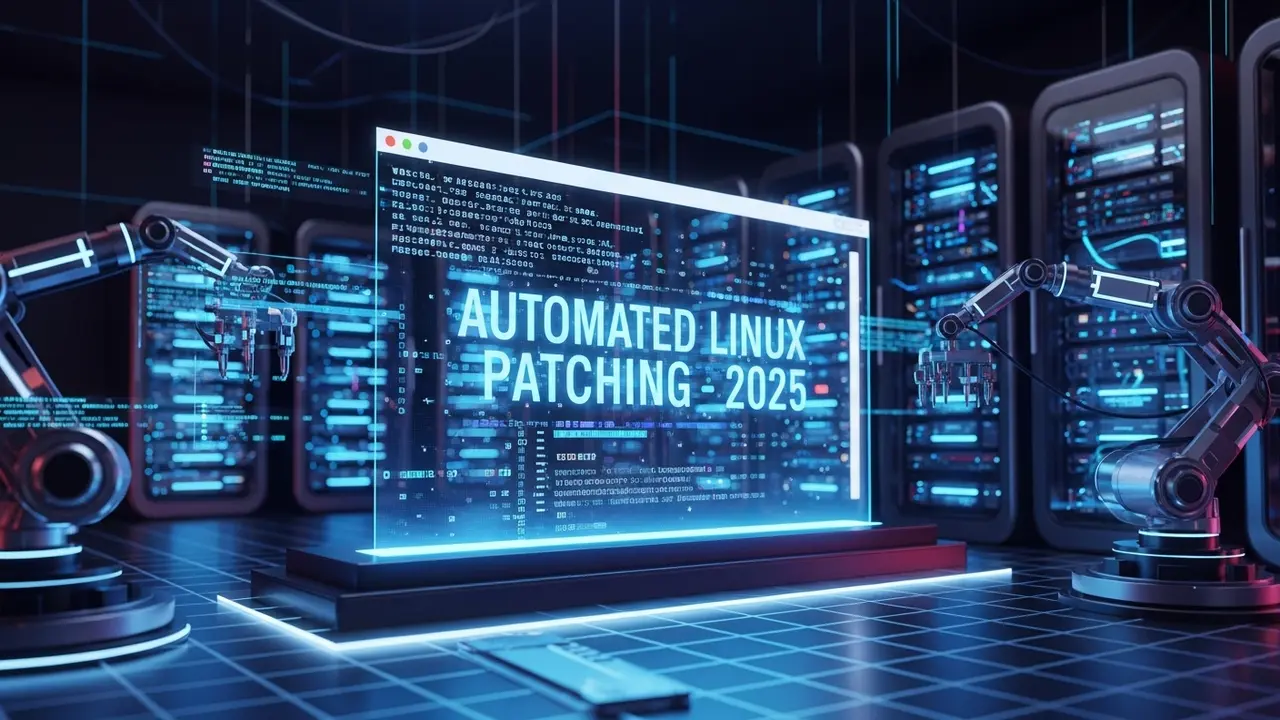Linux left you with a long to-do list? You’re not alone.
Picture this. It’s Friday afternoon. You’re staring at a spreadsheet of 300 Linux boxes. Half of them run Ubuntu LTS, the other half are a mix of CentOS, Debian, and one lonely Fedora server someone set up in 2017 and never touched again. Patches are late. Updates are manual. And every time you open your inbox, there’s a new CVE screaming for attention.
Sound familiar? I’ve been there. My first “patch party” lasted until 2:00 a.m. I had three SSH windows open, a cold slice of pizza on the desk, and a nagging voice in my head that said, “One typo and this server won’t boot.”
That night, I promised myself: Never again.
The real price of “we’ll patch it later”
Here’s the thing. A patch you don’t deploy is like a lock you never installed. IBM’s latest breach study shows 57 % of successful attacks used a patch that already existed. Translation: the bad guys don’t need new tricks. They just need us to move too slowly.
And the cost? It’s more than a line item on an invoice.
- Reputation: One ransomware note and your brand is the top story on Reddit.
- Time: Manual patching steals nights, weekends, and brain space you could spend on real projects.
- Fines: GDPR, HIPAA, PCI—pick your acronym. Each one has a penalty clause with more zeros than your annual coffee budget.
So what do we do? Buy another tool? Hire more people? Both cost money we don’t have.
A lighter way forward: meet the Action1 Linux Agent
I took Action1 for a spin on my homelab first. Five VMs, two bare-metal boxes. Installation took less than five minutes. One curl command, one systemd service, and *boom*—I had a live inventory on my phone.
Here’s what surprised me most.
1. Patches happen while you sleep
The agent checks repos nightly. It ranks updates by risk—critical, high, medium—then installs the ones you approve. No more “Did I patch the web servers yet?” You open the dashboard, see a green check, and move on.
- Ubuntu, RHEL, CentOS, Debian—one policy covers them all.
- Maintenance windows? Set them once. The agent obeys.
- Bad patch? Roll it back with a click.
2. You see *everything*
Disk filling up? A user added sudo without telling you? The agent logs it and pings your phone. Remote shell is baked in, so you can hop onto any box from a browser tab. No VPN dance. No forgotten SSH keys.
3. Audit season stops being scary
I once spent a week gathering screenshots for a PCI audit. With Action1, I hit **Export** and got a tidy PDF that listed patch dates, package versions, and policy checks. The auditor smiled. I smiled. We both went home early.
4. It grows with you
Start with fifty servers. Add five hundred later. The cloud backend does the heavy lifting. No extra VMs to babysit. And if you already use a SIEM or ITSM tool, the REST API plugs right in—webhooks, JSON, done.
Three things I wish I knew sooner
- Test on a single distro first. I learned more in one afternoon on Ubuntu than I did in weeks of reading docs.
- Tag your servers. “Prod-web,” “Dev-db,” “Legacy-centos6” tags save hours when you need to target only half the fleet.
- Schedule reboots. Kernel patches feel painless when they happen at 3:00 a.m. on a Sunday you planned for.
Still on the fence? Spin up a free trial. Connect five boxes. Run the built-in vulnerability scan. You’ll see in minutes what used to take an all-nighter.
Life’s too short for manual patches. Let the agent handle the grunt work so you can get back to building cool stuff.
Quick questions I had—answered
Which distros are covered?
Ubuntu, Debian, CentOS, RHEL, Fedora, openSUSE—you name it.
Can it manage Windows and macOS too?
Yep. One dashboard for all three. Mixed fleets welcome.
How big can it scale?
Thousands of endpoints, no sweat. Cloud backend means zero extra hardware.
What if I need proof for auditors?
Point, click, export. You get patch history, policy checks, and timestamps in a single report.
Do I need to open new firewall ports?
Nope. Outbound HTTPS only. Your security team will thank you.
Ready to give your weekend back? Grab a free account at action1.com and patch the first five machines today. You’ll sleep better tomorrow.






